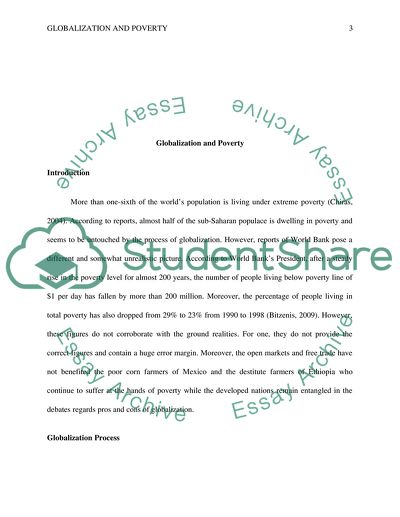Cite this document
(“Globalization and Poverty: Winners and Losers Research Paper”, n.d.)
Globalization and Poverty: Winners and Losers Research Paper. Retrieved from https://studentshare.org/macro-microeconomics/1805076-globalization-and-poverty
Globalization and Poverty: Winners and Losers Research Paper. Retrieved from https://studentshare.org/macro-microeconomics/1805076-globalization-and-poverty
(Globalization and Poverty: Winners and Losers Research Paper)
Globalization and Poverty: Winners and Losers Research Paper. https://studentshare.org/macro-microeconomics/1805076-globalization-and-poverty.
Globalization and Poverty: Winners and Losers Research Paper. https://studentshare.org/macro-microeconomics/1805076-globalization-and-poverty.
“Globalization and Poverty: Winners and Losers Research Paper”, n.d. https://studentshare.org/macro-microeconomics/1805076-globalization-and-poverty.


